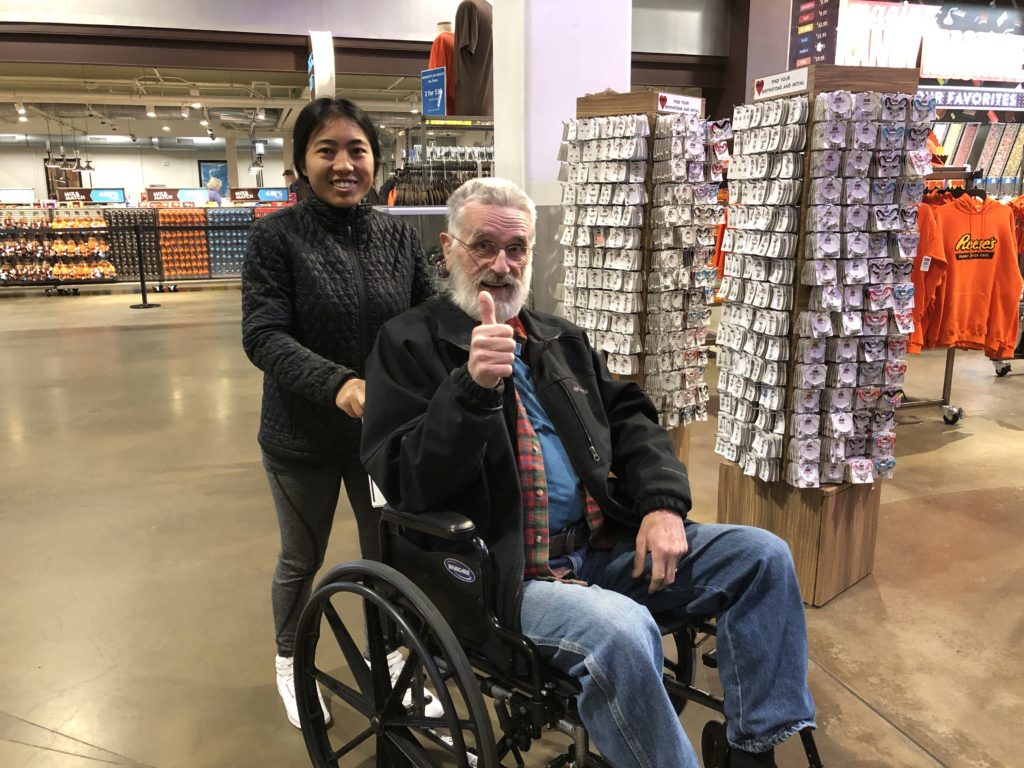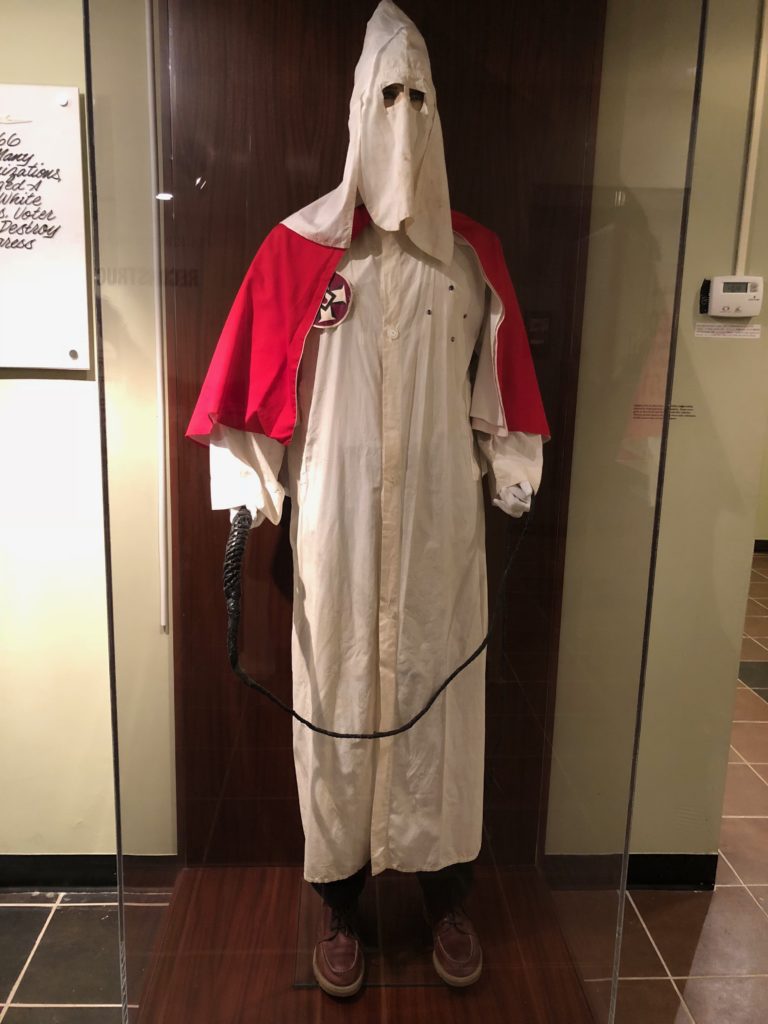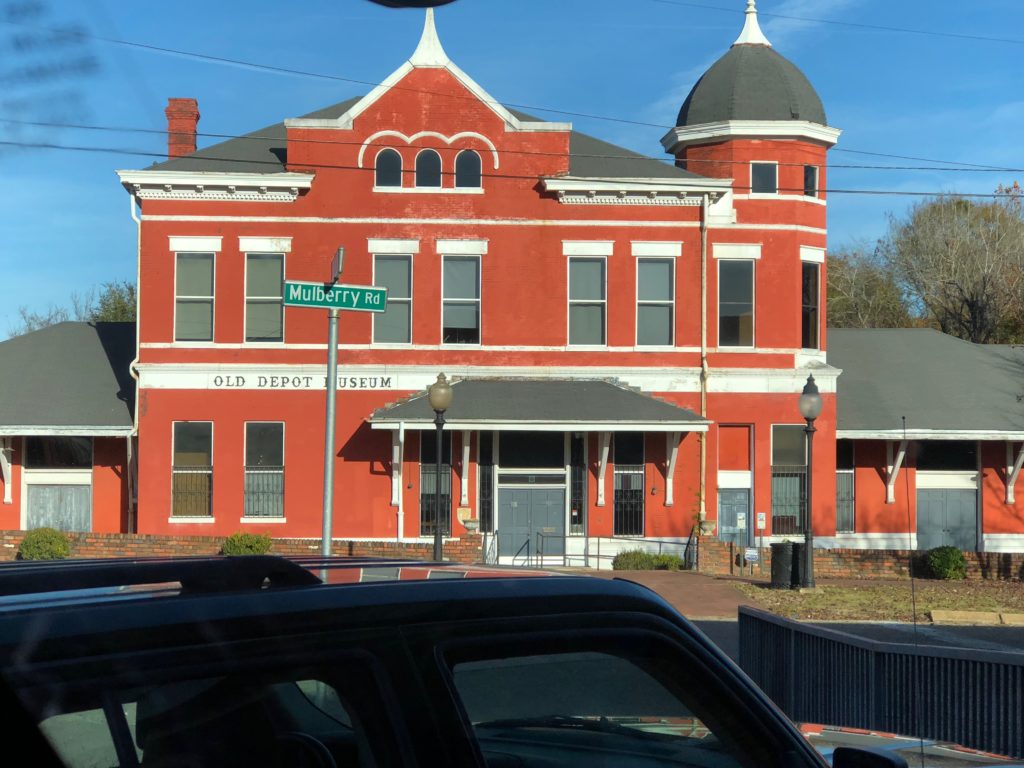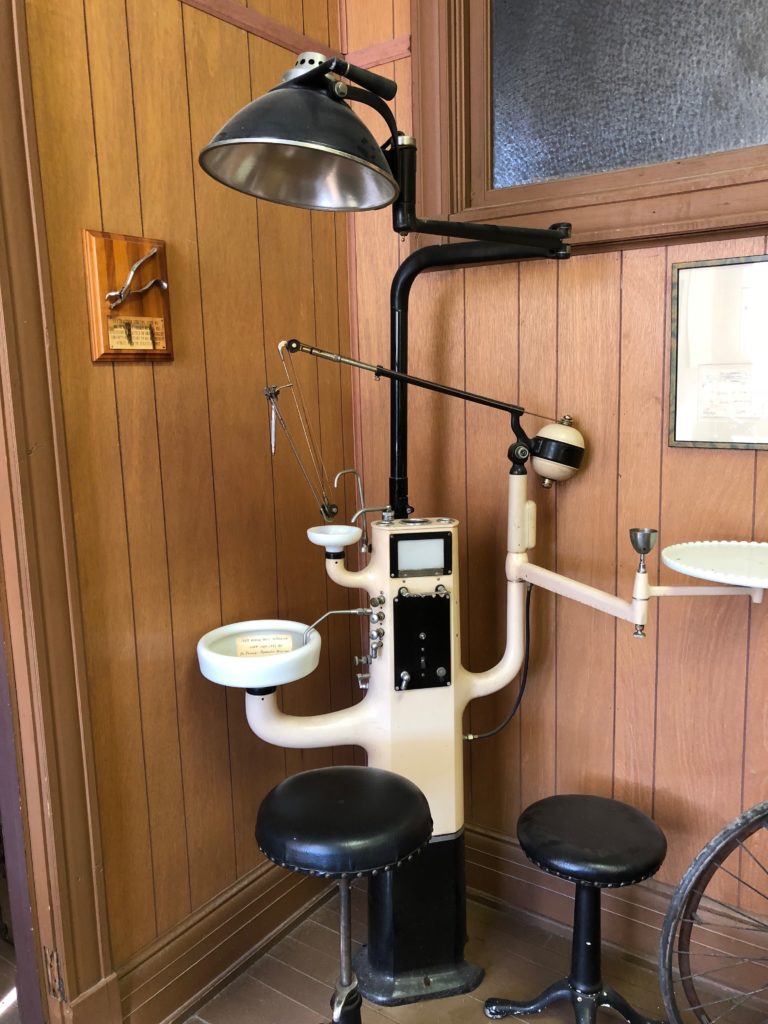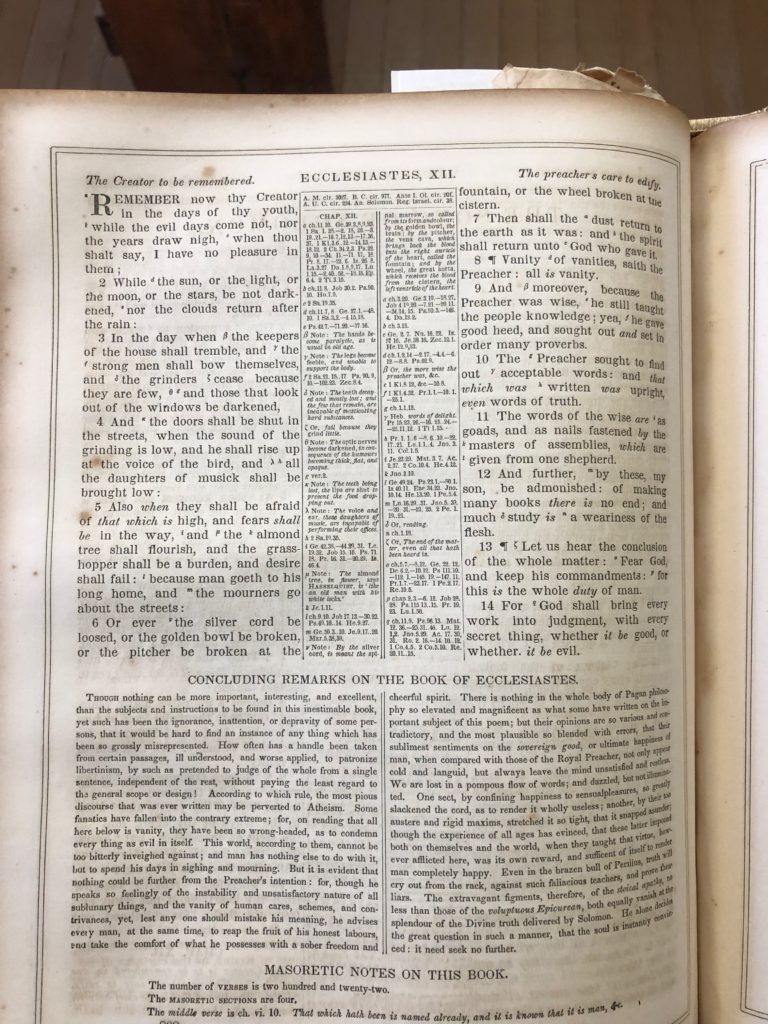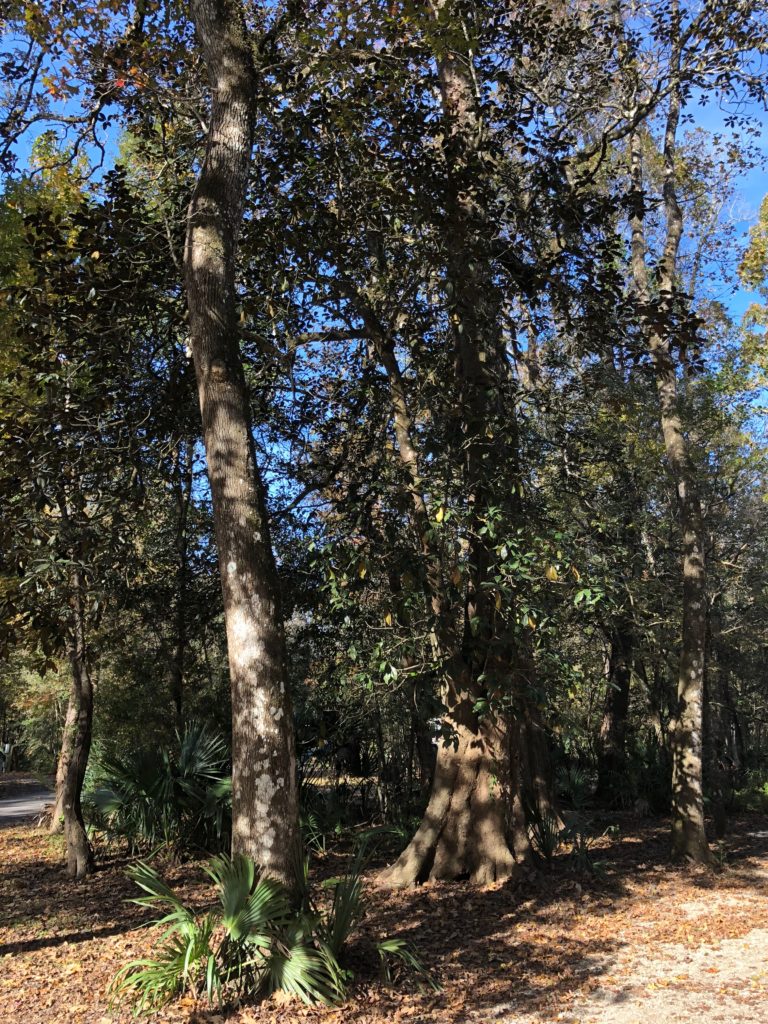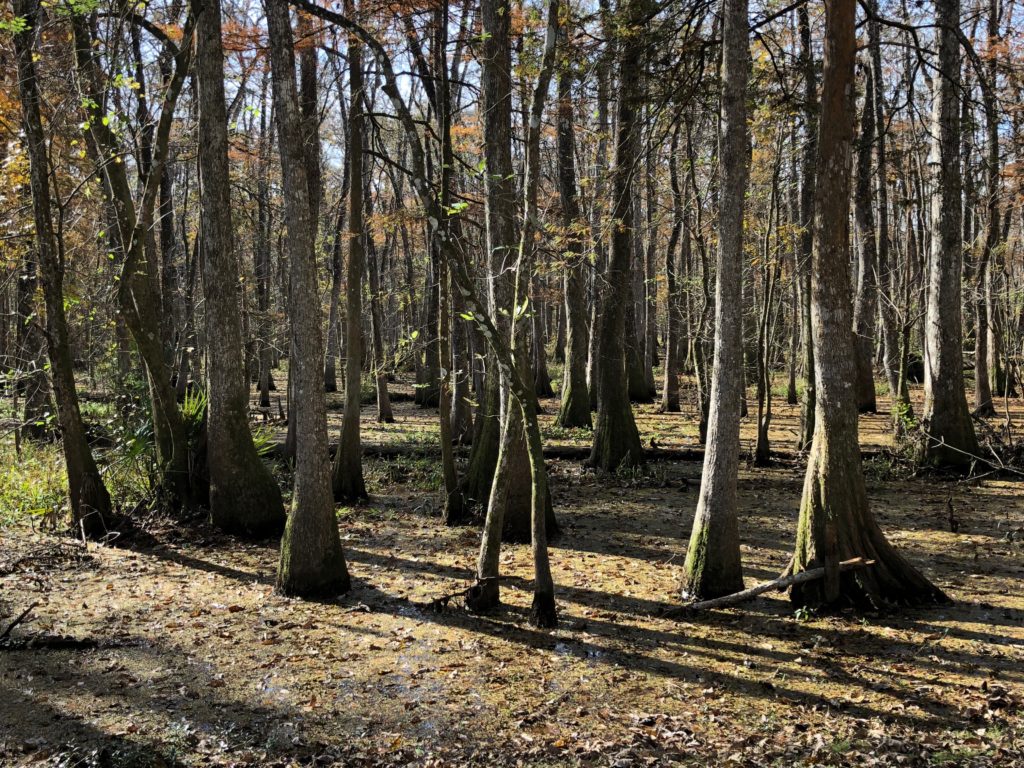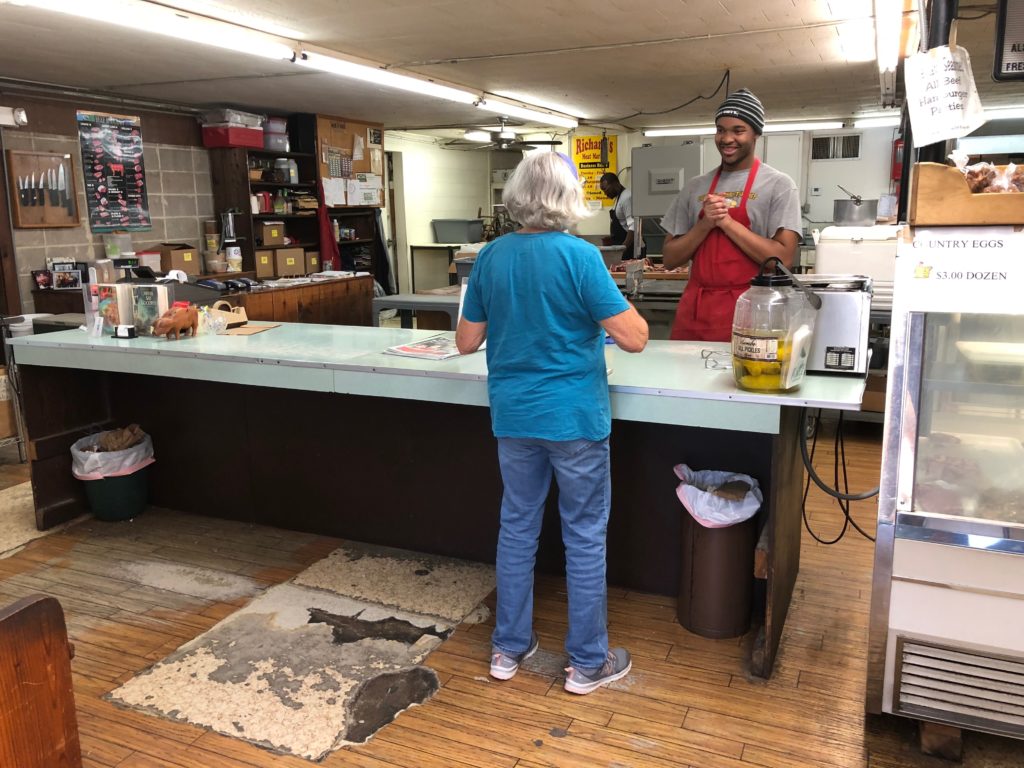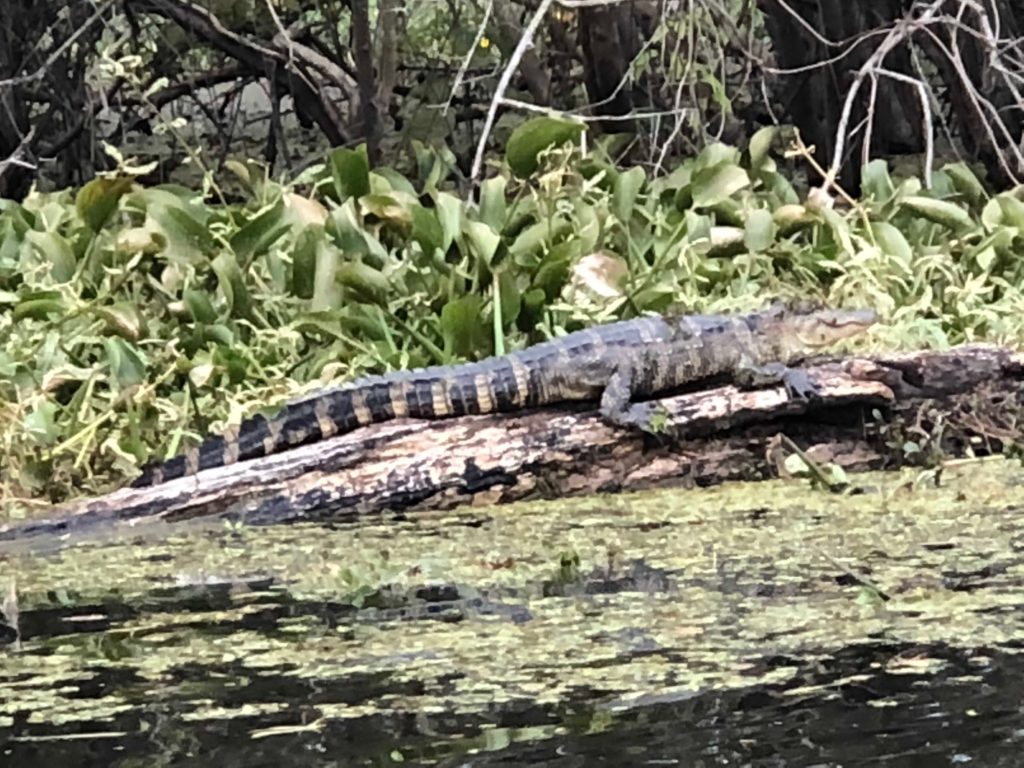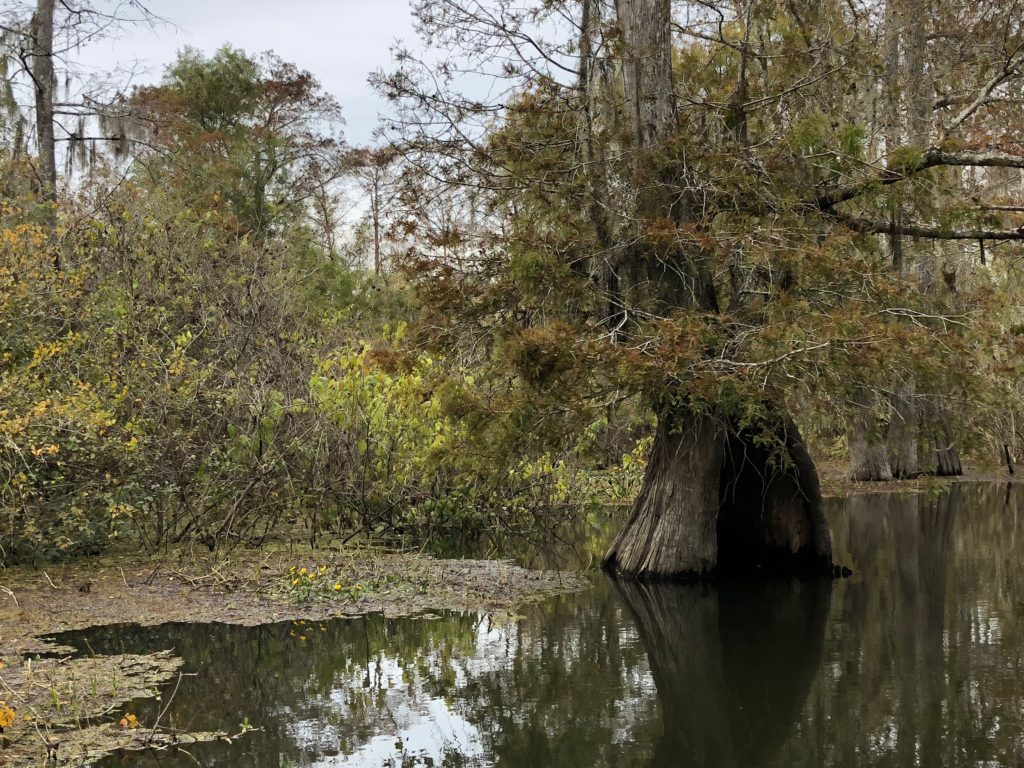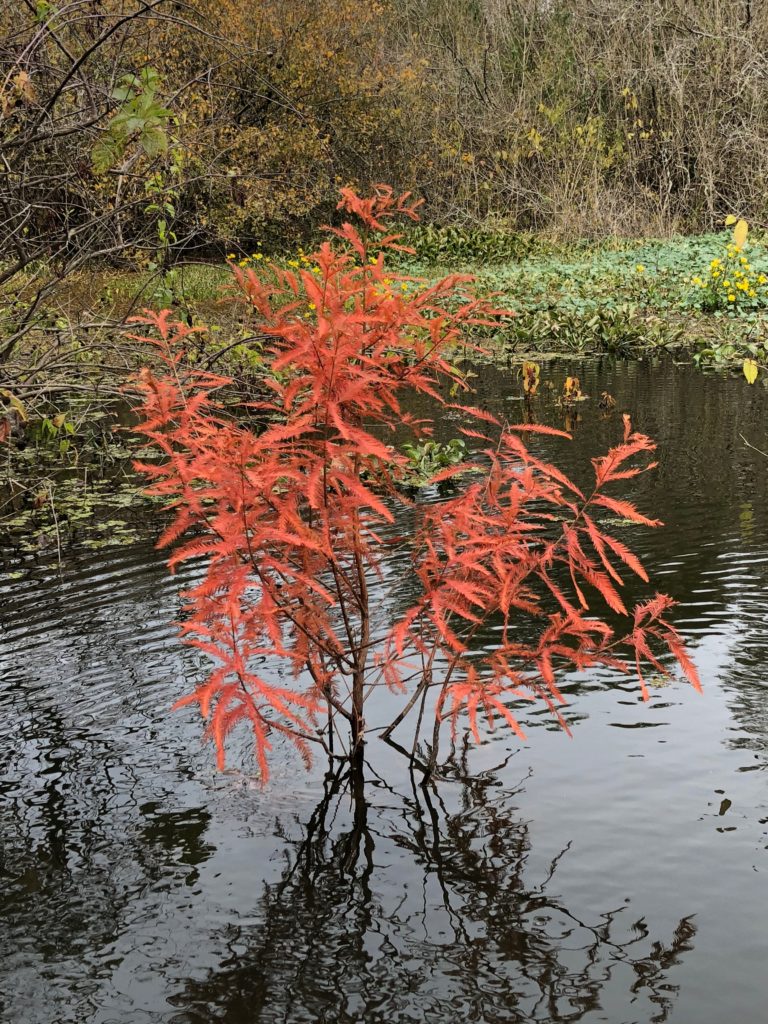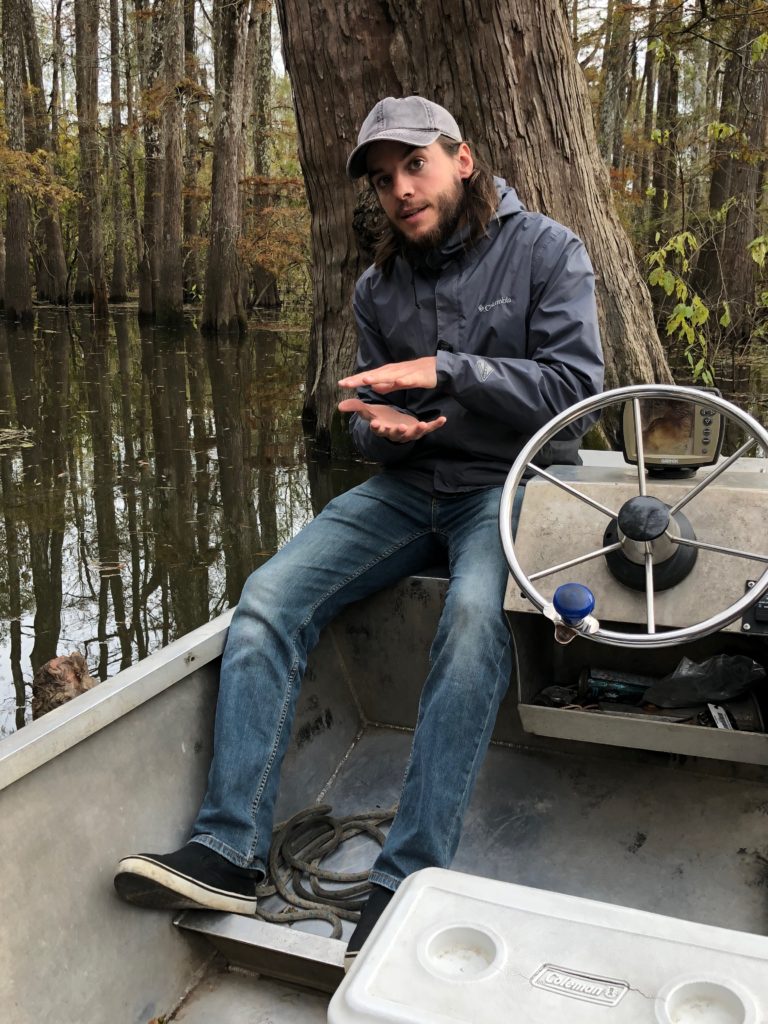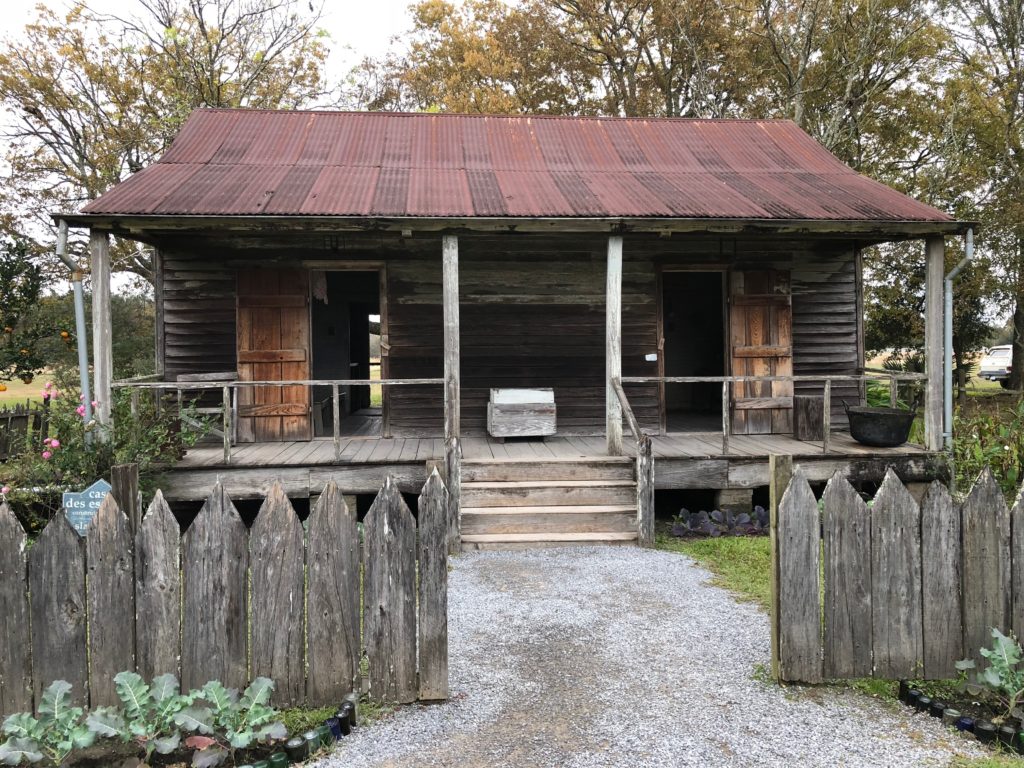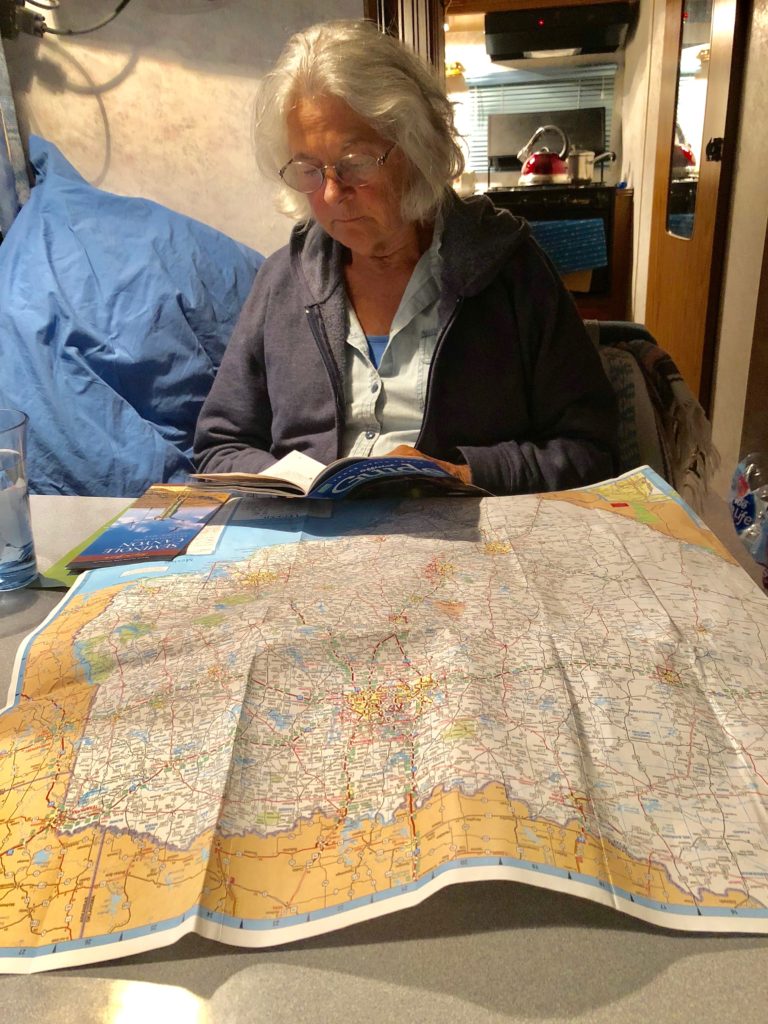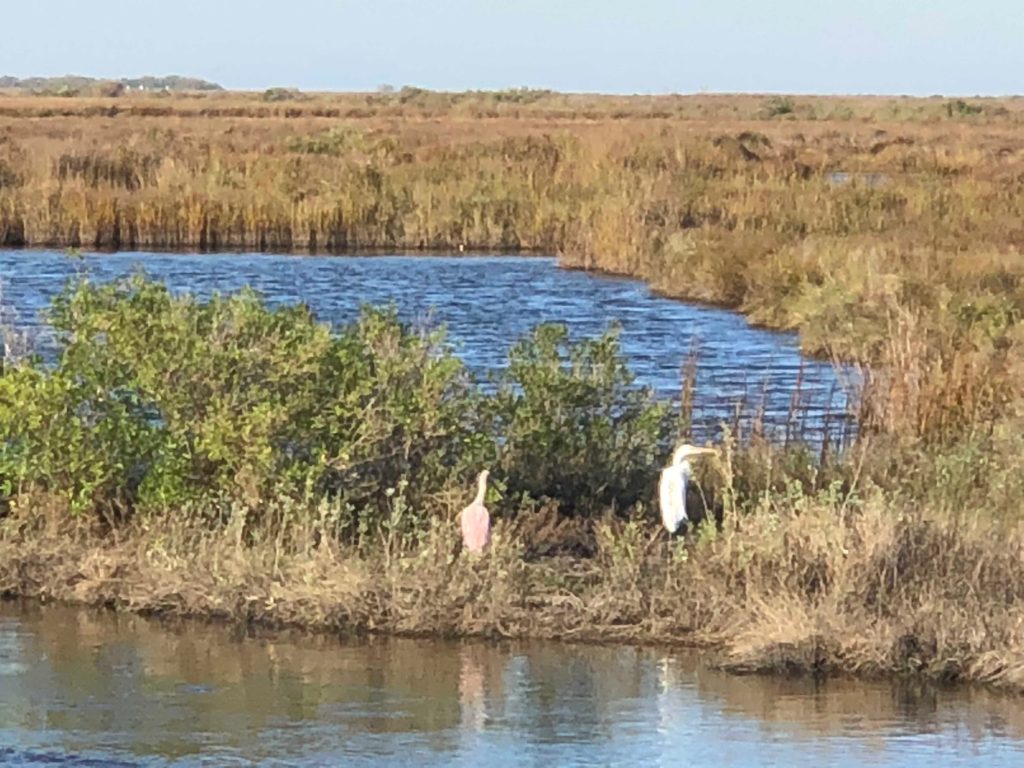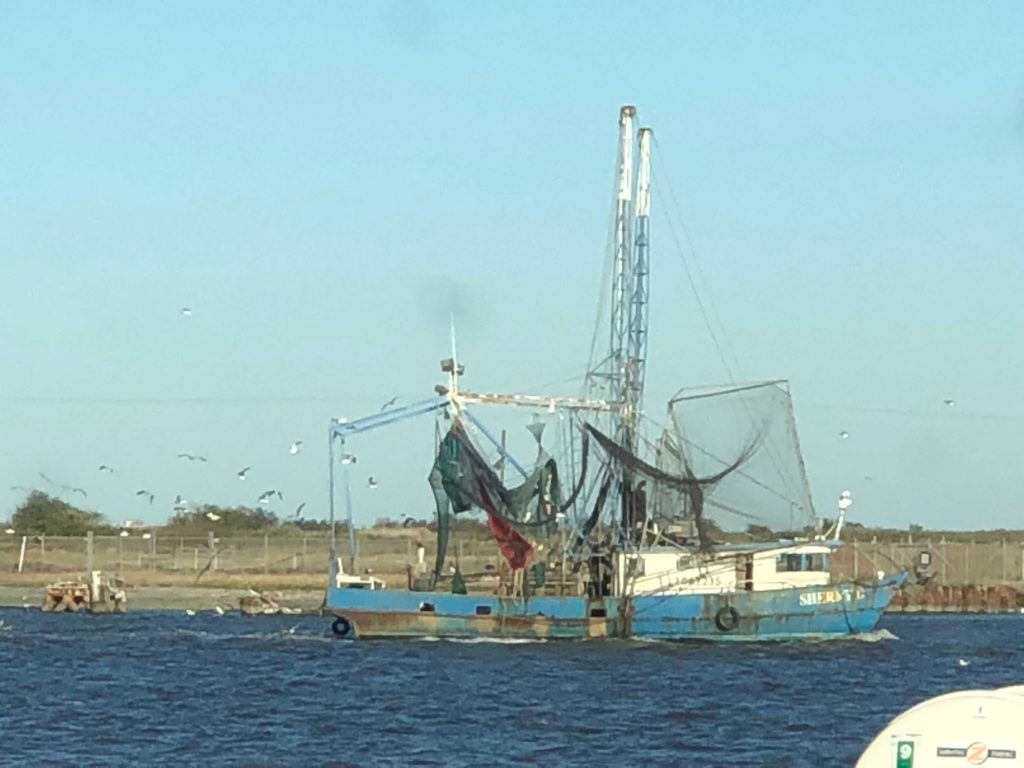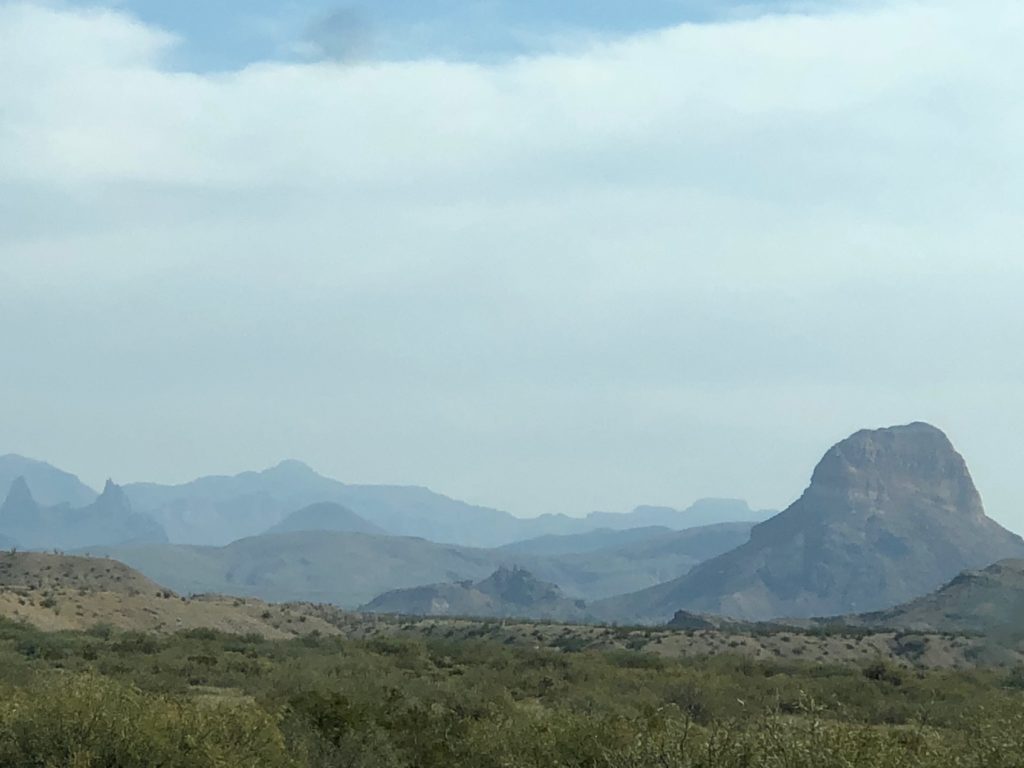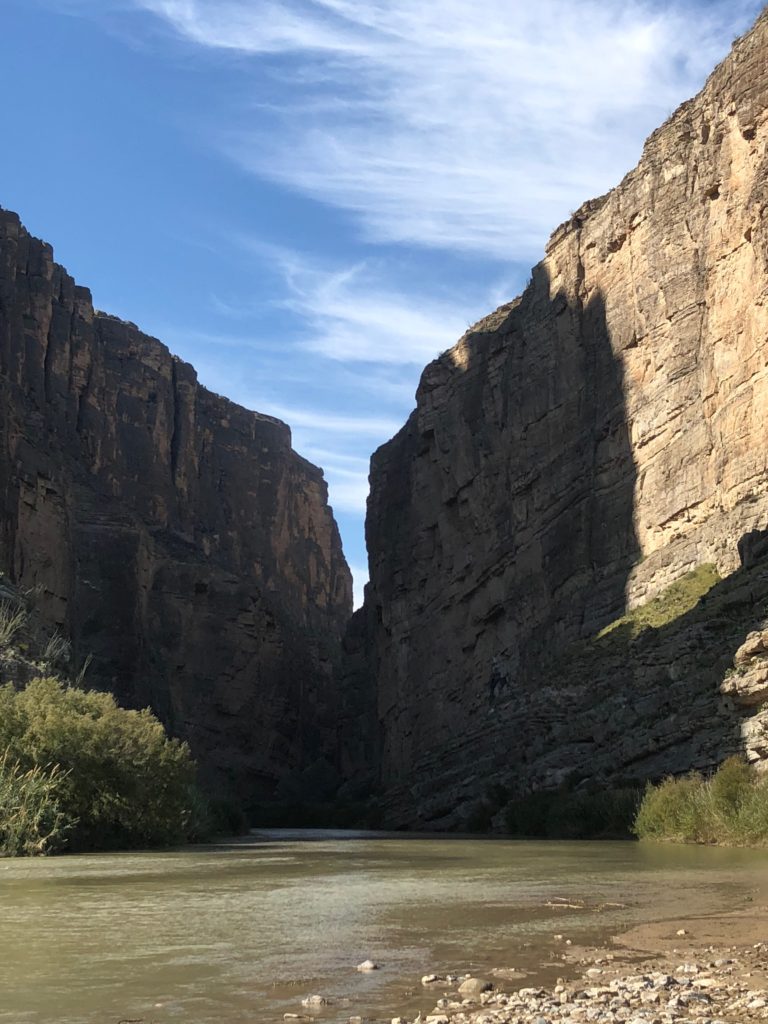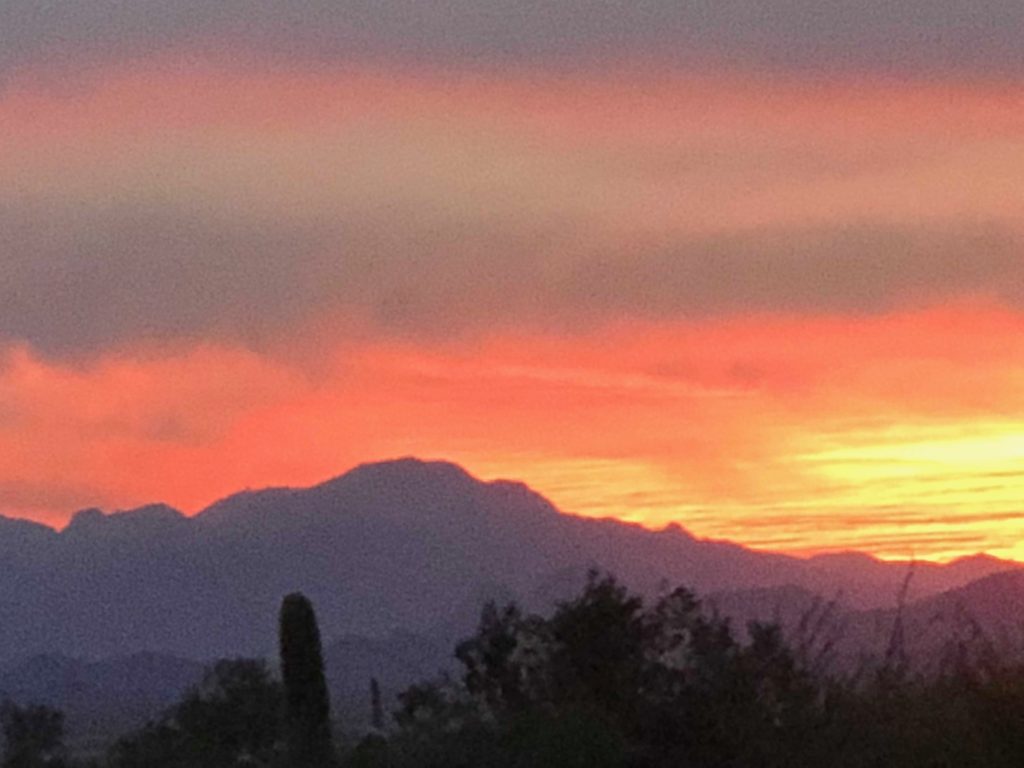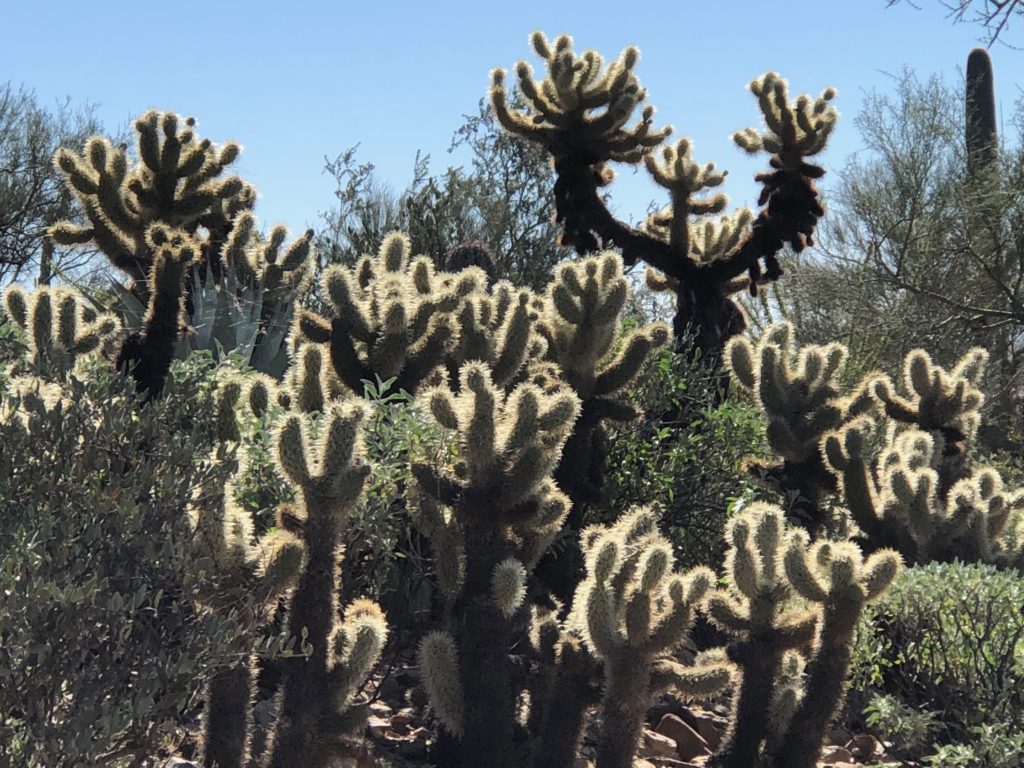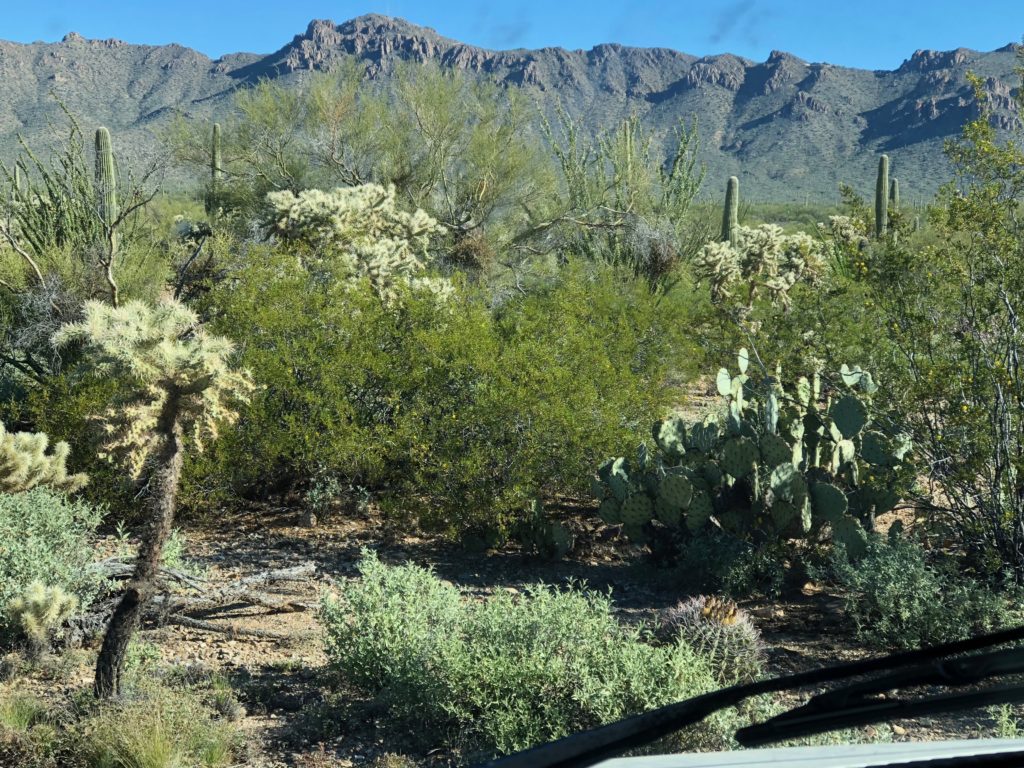It’s evident in hindsight that the bug I mentioned in January was clostridium difficile. I’ve had it at least that long. It’s unrelated to ALS but it compounds my weakness. I’m only now close to getting rid of it.
April 17 to my family –
Yesterday, the 4th, I stumbled when I got up suddenly from my chair and started quickly to the left aiming for the bathroom. My balance felt a bit uncertain all day. It’s okay today but my gut is still upset. I’ve switched back to rice blended in water to give it a rest If it’s not better after the weekend we’ll see my doctor.
It’s likely the balance problem was triggered by my greater weakness from this bug but the root of it is ALS. Before I lose the strength to walk I’ll lose the ability to depend on my balance. I accept that but I felt a bit low all day.
I think that’s because I’d been regaining my new normal state of health before I relapsed. I’ve been healthy almost all my life and when I did get sick I quickly recovered so that’s what I’m used to. We don’t respond well to surprises when we’re tired. Our emotional habits kick in.
Today, the 6th, my gut still doesn’t feel right so I’m sticking with the rice plus a tablespoon of yogurt and some Gatorade power. I feel fine emotionally but tired.
Today the 7th I took a vegan nutritional shake with the rice. I wanted some nutrition. My gut feels closer to normal and I haven’t felt so tired but I still have very low energy. I enjoyed brief walks outside on the deck a couple of times.
Same diet today, the 8th, and my gut is working normally at last. My balance is a little unsteady which is likely at least in part because I haven’t been getting enough nutrition. I hadn’t checked my weight for a while. It’s down 10 pounds to 130 because I’m losing muscle mass throughout my body. I was staying at 140 because my belly was growing. It’s reduced a bit now.
I’m being cautious about going back to the formula. I’ll stay with the rice and nutritional shake at least today. If gut troubles return when I go back on the formula I want to be certain that’s the cause. I feel more steady today and I have a little more energy.
Late afternoon we go to a presentation by the owner of a cemetery in Harrisburg who provides Green Burials. The cemetery is well over a century old and attractive. The green burials, ones where the bodies are buried with nothing that will not biodegrade nutritiously, is in a wooded 12 acre area with a fine view.
Most of the trees are being cleared and the area is being planted with flowering shrubs and perennials. The bereaved families are invited to come on a day in Spring to plant their deceased one’s site according to the overall plan for the area.
The entire set of services is very thoughtful and they will be maintained well. The relatively young owner who started her career at IBM wanted her own business but never imagined it would be this. She was asked to buy the cemetery and came to the decision slowly. She enjoys nature and gardening.
I always thought I wouldn’t want a permanent site for my body and that’s not what I want now. But my family will enjoy being here and it will be attractive for everyone. We purchased sites for both of us. Mine will be planted with mountain laurel, the closest I can get to the rhododendrons I loved even in England. I planted one in the garden of our house in London.
Today, the 10th, I’m staying with the rice mixture. My gut is still upset so we’ll go to the doctor tomorrow.
My thorough and caring doctor says intestinal problems are not associated with ALS as far as she knows. She thinks I most likely have bad bacteria in my gut. She prescribes meds, wants stool samples, orders a checkup with a gastroenterologist and says I should go back on the formula.
This morning, the 12th, I start taking the meds. Then my doctor’s assistant calls. I have clostridium difficile and I need different medicine. Felicity is impressed by the diagnosis. When she was working as a microbiologist this anaerobic bacterium could not be grown in the lab. There must be a new method now. I’m just relieved to have a diagnosis and, therefore, a treatment.
It’s now the 17th. The meds seem to be working but I also have to take probiotics to replace the good bacteria. The bad effects of the bad ones seem to be gone but the new good ones are creating their own turmoil and I feel exhausted.
Now for the amazing news. The ALS Society suggested Felicity contact hospice. We thought it was available only to patients with less than six months to live and the average ALS patient lives for three to five years so I might have another couple. Turns out they serve all the terminally ill, which means I qualify. My doctor just had to say I am terminally ill.
A delightfully helpful hospice social worker came a couple of days ago and an equally helpful and empathetic hospice nurse came yesterday. She will visit us weekly. The immediate benefit is I now have a hospital bed at no charge! Everything they provide, and they offer a lot, is no charge.
The other immediate benefit, which is extremely important, is Felicity has people she can talk with who will answer practical questions and who can also provide expert emotional support. Longer term, Felicity can get practical help.
We commented to the social worker how unfair it is that this amazing level of care is available to us at no charge (it’s paid for by Medicare) but not to others. She said the painful ones for her are veterans who have suffered for years with no help and who she only gets to help when they are very close to death.
Every one of us is terminally ill with an unknowable time left. It would benefit us all, and be affordable, to make our society more kind.
April 30 to my family
The antibiotic almost got rid of my clostridium difficile but right at the end I relapsed. Now I’m on a new one that I take every six hours whose side effects are an upset stomach, gas and tiredness — the same as the c. diff. symptoms, hahaha.
Taking these meds four times a day, eating three times, taking other meds with some meals but not others, grinding them or removing their plastic case so they will go via the PEG tube… I’m eager for c. diff to be gone.
Holding the syringe in the tube this morning for the formula to drain into my stomach I realized it will be a major challenge to my equanimity when my hands give out. Felicity will feed me and I’ll be okay with that but how will it be when I can’t hold a book or write or type?
It will be hard for both of us which makes us even more blessed that a hospice nurse now visits every week. We can ask questions of someone with experience of ALS, not have to figure everything out by ourselves, or guess. I asked if it’s common for patients to feel more tired in the mornings. It is, even with the help of a BiPap.
Because my condition is always changing, the details and timing of our future are uncertain. The future always is uncertain but in most circumstances we can imagine things will stay the same. If we think about the future we can imagine them getting better. But I might be significantly weaker any tomorrow. The only certainty is that my overall health will not get better. It will be increasingly important for Felicity to have expert help.
Just before I started the new meds I was able to mow a path round the back part of the yard and beside the pond. It’s like riding a power wheelchair. The problem has been finding a good way to support my head now my neck muscles are so weak. The head is very heavy! Felicity came up with a modification yesterday that helps a lot.
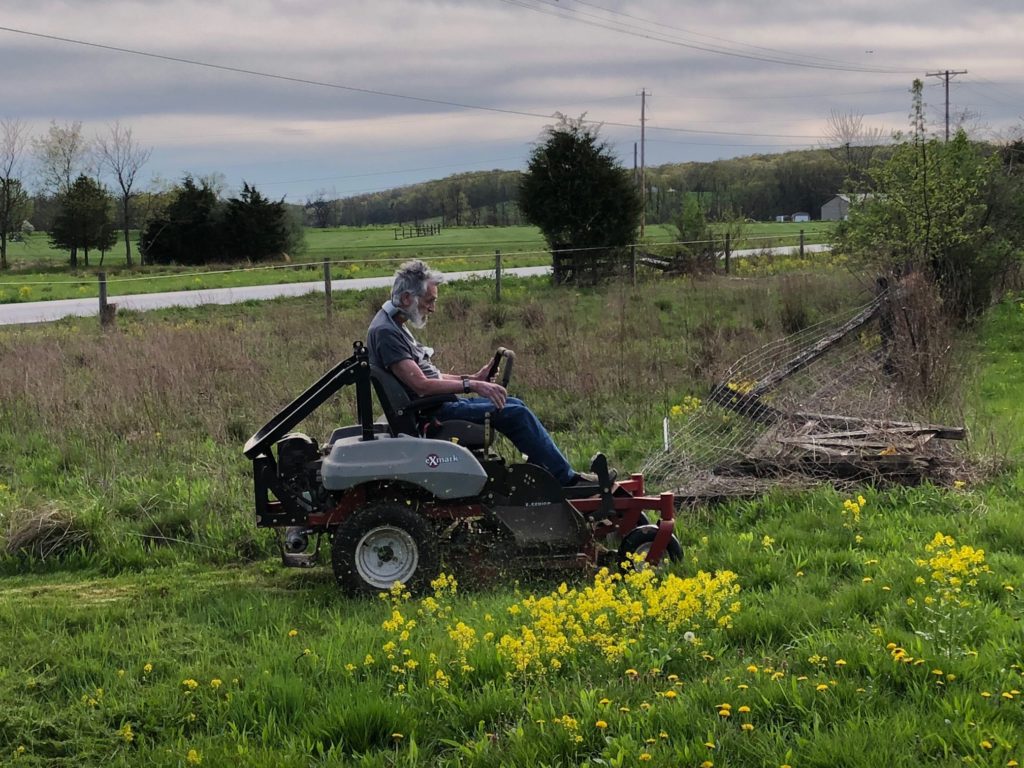
We’re both enjoying Spring. It’s a blessing to be alive.

